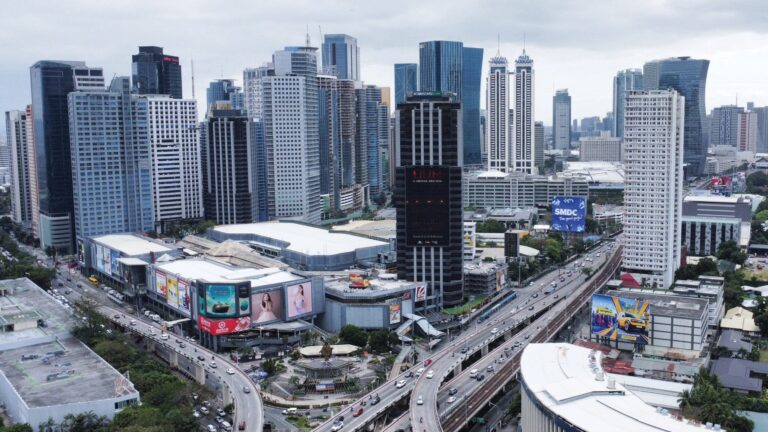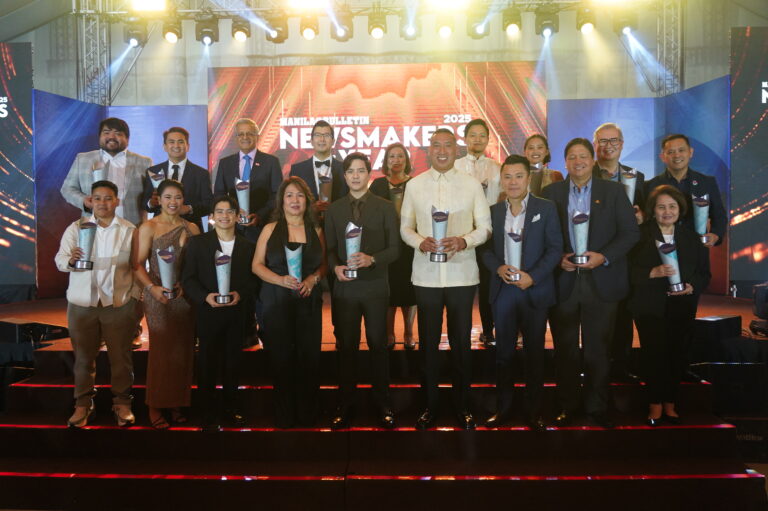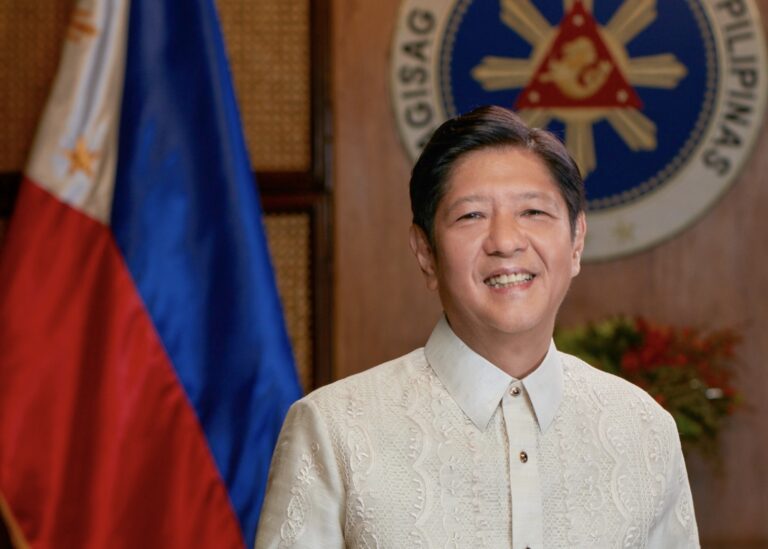The Korean Wave (“Hallyu”), or the popularity of Korean culture, continues to attract people around the world including in the Philippines. One driving force of the Korean Wave is K-pop music, which has captivated millions of fans globally. Results of the 2024 Overseas Hallyu (Korean Wave) Survey conducted by South Korea’s Ministry of Culture, Sports and Tourism …
The Korean Wave (“Hallyu”), or the popularity of Korean culture, continues to attract people around the world including in the Philippines.
One driving force of the Korean Wave is K-pop music, which has captivated millions of fans globally.
Results of the 2024 Overseas Hallyu (Korean Wave) Survey conducted by South Korea’s Ministry of Culture, Sports and Tourism (MCST) and the Korean Foundation for International Cultural Exchange (KOFICE) showed that seven out of 10 people (68.8 percent) who experienced the Korean Wave have a favorable opinion of Korean cultural content.
Among the 25,000 respondents in 26 countries in the survey, K-pop (17.2 percent) was the No. 1 first image that came to their minds when they thought about South Korea.
Korean food placed second (13.2 percent) followed by Korean drama (seven percent), information technology (IT) products/brands (6.3 percent), and beauty products (5.2 percent).
In the Philippines, K-pop has emerged as one of the most popular Korean cultural content, thanks to the Internet, which made it easily accessible to anyone in the world.
The country has emerged as an important market for K-pop concerts, fan meetings and events.
K-drama before K-pop
Before K-pop became popular, Korean dramas were No. 1 Hallyu Wave content in the Philippines.
In its 2023 Analysis of Global Hallyu Status report, the Korea Foundation traced the history of the Korean Wave.
“The Hallyu craze — which began with ‘What Is Love’ in 1997, said to be the beginning of the first period of Hallyu, and the dramas ‘Winter Sonata’ in 2003 and ‘Dae Jang Geum’ [‘Jewel in the Palace’] in 2005, which represent the second period of Hallyu — has spread all over the world thanks to the spread of new mass media in the 21st century,” according to the report.
For K-pop, the report stated, “With the YouTube revolution that started in 2009, K-pop began to capture the eyes and ears of people around the world, and with Netflix’s streaming of original drama series that began in earnest in 2013, Korean dramas became widespread around the world even though people had to pay to watch them. If YouTube is the platform that achieved the K-pop revolution, Netflix led the K-drama revolution.”
In the Philippines, the first major event that featured a K-pop artist was the Philippines-Korea Friendship Festival held at the Cultural Center of the Philippines (CCP) on Nov. 27, 2009.
The festival, held to celebrate the 60th anniversary of the diplomatic relations between South Korea and the Philippines, featured K-pop boy band SHINee, rap duo Mighty Mouth and jazz group Winterplay.
The first major K-pop concert held in the Philippines was Super Junior’s “Super Show 2” held on April 10, 2010 at Araneta Coliseum.
The concert was brought to the Philippines by Pulp Live World under Happee Sy-Go and Vernon Go.
In 2010, Korean singers who visited the Philippines for shows included 4Minute, Jay Park, Rain, U-KISS and FT Island.
The concert and mall shows started the ball rolling for other K-pop acts to come and hold shows in the Philippines, including BTS, EXO, Girls’ Generation and Big Bang.
Manila Bulletin was one of the pioneers among local media in covering and publishing K-pop, Korean drama and other Hallyu-related stories on a daily basis.
K-pop acts in the Philippines in 2024
The K-pop phenomenon continued in the Philippines in 2024.
In 2024, at least 43 K-pop stars visited the Philippines and held solo and group concerts, fan-cons and fan meetings, and graced events.
These included ENHYPEN, IU, 2NE1, Sandara Park, Seventeen, NCT 127, GOT7 members, Cha Eun-woo, ITZY, iKON, BTOB, Mamamoo’s Whee In, Treasure, UNIS, TWICE, B.I, Lucas, SHINee members, RIIZE, IVE, EXO’s Xiumin, Baekhyun, Chanyeol and Chen, NCT Dream, NewJeans, ZEROBASEONE, HwasaStray Kids.
The number of local companies and promoters venturing into K-pop and Korean events has increased .
Local promoters that presented Korean shows and events in the Philippines last year included Pulp Live World, Wilbros Live, Live Nation Philippines, CDM Entertainment, DNM Entertainment, Ovation Productions, CNCA, Three Angles Production and L-Squared Productions.
The popularity of K-pop and Korean dramas in the Philippines also contributed to the growth of cultural tourism in South Korea.
In an interview with Manila Bulletin, Lee Yun Kyung of the Korea Culture and Tourism Institute (KCTI), said foreign tourists in South Korea do other things besides shopping.
“These days when we see what foreign tourists do in South Korea, they visit palaces, wear Korean ‘hanbok’ (Korean traditional dress) and walk around. And in the middle of the city, like Hongdae and Myeong-dong, we can see a lot of foreign tourists enjoying shopping,” she said.
She added, “This thing is seen in every country. However, something special in South Korea is that it’s related to K-pop and K-dramas like the sites where K-dramas were filmed and having K-pop dance classes, and taking pictures like K-pop idols. I think that’s a special thing that a tourist can do in South Korea.”
With the high demand for Korean stars and shows, K-pop will continue to be popular in the Philippines.
“It will stay being popular as it has a loyal following already. But definitely will be harder for newer groups to penetrate as they’re so many, financial resources of fans are getting depleted. Especially with the increase of different forms of Kpop events, from concerts, to exhibitions, to movies and pop up stores. The market itself is becoming very saturated, but most definitely there will always be the avid, loyal fans,” said Happee Sy-Go of Pulp Live World.
The Korean Foundation report concluded that “in order for Hallyu to be loved as Korean culture, efforts must be made not to lose Korea’s unique color. Only when these efforts are supported will what is essentially Korean become truly global.”






